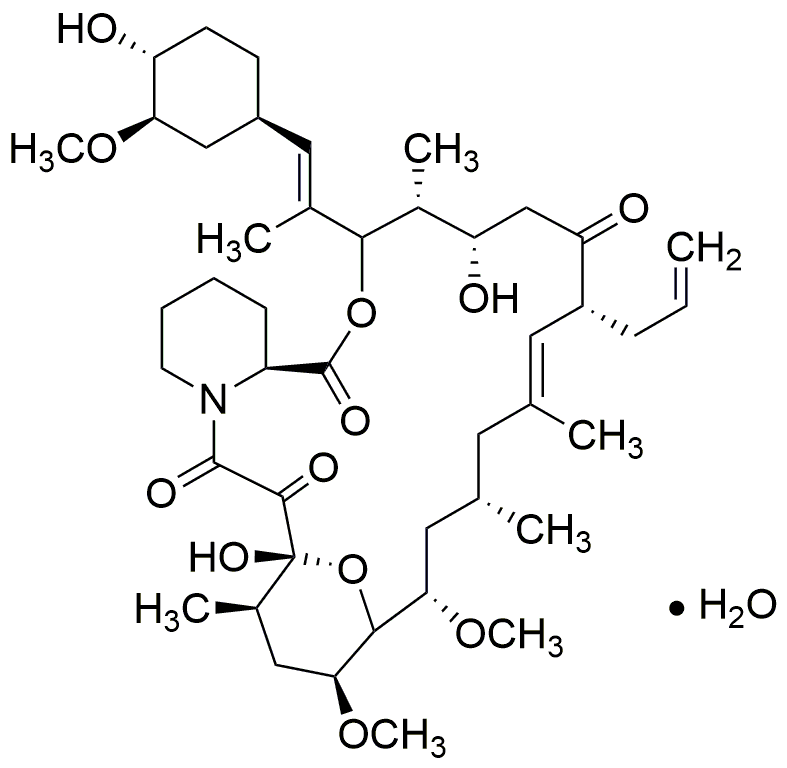Tizanidine hydrochloride is widely utilized in research focused on:
- Muscle Relaxation: Commonly prescribed for managing muscle spasticity, particularly in conditions like multiple sclerosis or spinal cord injury, providing relief and improving mobility for patients.
- Pain Management: Used in clinical settings to alleviate chronic pain, offering an alternative to traditional painkillers and reducing the risk of dependency associated with opioids.
- Neurological Research: Serves as a valuable tool in studies investigating the central nervous system, helping researchers understand the mechanisms of muscle control and spasticity.
- Pharmaceutical Development: Acts as a reference compound in the formulation of new medications, aiding in the development of innovative therapies for muscle-related disorders.
- Patient-Centric Solutions: Its unique profile allows for once-daily dosing, enhancing patient compliance and convenience compared to other muscle relaxants that may require multiple doses throughout the day.
General Information
Properties
Safety and Regulations
Applications
Tizanidine hydrochloride is widely utilized in research focused on:
- Muscle Relaxation: Commonly prescribed for managing muscle spasticity, particularly in conditions like multiple sclerosis or spinal cord injury, providing relief and improving mobility for patients.
- Pain Management: Used in clinical settings to alleviate chronic pain, offering an alternative to traditional painkillers and reducing the risk of dependency associated with opioids.
- Neurological Research: Serves as a valuable tool in studies investigating the central nervous system, helping researchers understand the mechanisms of muscle control and spasticity.
- Pharmaceutical Development: Acts as a reference compound in the formulation of new medications, aiding in the development of innovative therapies for muscle-related disorders.
- Patient-Centric Solutions: Its unique profile allows for once-daily dosing, enhancing patient compliance and convenience compared to other muscle relaxants that may require multiple doses throughout the day.
Documents
Safety Data Sheets (SDS)
The SDS provides comprehensive safety information on handling, storage, and disposal of the product.
Product Specification (PS)
The PS provides a comprehensive breakdown of the product’s properties, including chemical composition, physical state, purity, and storage requirements. It also details acceptable quality ranges and the product's intended applications.
Certificates of Analysis (COA)
Search for Certificates of Analysis (COA) by entering the products Lot Number. Lot and Batch Numbers can be found on a product’s label following the words ‘Lot’ or ‘Batch’.
*Catalog Number
*Lot Number
Certificates Of Origin (COO)
This COO confirms the country where the product was manufactured, and also details the materials and components used in it and whether it is derived from natural, synthetic, or other specific sources. This certificate may be required for customs, trade, and regulatory compliance.
*Catalog Number
*Lot Number
Safety Data Sheets (SDS)
The SDS provides comprehensive safety information on handling, storage, and disposal of the product.
DownloadProduct Specification (PS)
The PS provides a comprehensive breakdown of the product’s properties, including chemical composition, physical state, purity, and storage requirements. It also details acceptable quality ranges and the product's intended applications.
DownloadCertificates of Analysis (COA)
Search for Certificates of Analysis (COA) by entering the products Lot Number. Lot and Batch Numbers can be found on a product’s label following the words ‘Lot’ or ‘Batch’.
*Catalog Number
*Lot Number
Certificates Of Origin (COO)
This COO confirms the country where the product was manufactured, and also details the materials and components used in it and whether it is derived from natural, synthetic, or other specific sources. This certificate may be required for customs, trade, and regulatory compliance.


